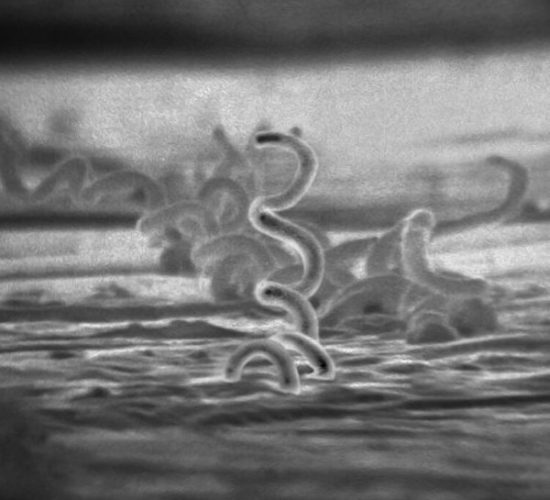Introduction
After lying low for over two decades, the elusive tick bacterium Borrelia miyamotoi has finally made its presence known in the western United States. A California man has become the first person in the region to be confirmed with a B. miyamotoi infection, sparking concerns that the pathogen may finally be emerging there.
Background on B. miyamotoi
Borrelia miyamotoi is a spirochete bacterium spread by black-legged ticks, causing a disease known as hard tick relapsing fever. This corkscrew-shaped bacterium is related to Borrelia burgdorferi, which causes the more well-known Lyme disease. However, B. miyamotoi exhibits several notable differences from its cousin, including its inconspicuous spread.
History and Geographical Spread
Although B. miyamotoi was first identified in ticks in Japan in 1995, it has since been discovered in various locations around the world, including Europe and North America. In the US, the first cases of B. miyamotoi disease were confirmed in 2013 in the Northeast. Until now, there have been no confirmed cases in the western part of the country, despite the bacterium’s prevalence in adult black-legged ticks (Ixodes pacificus) being similar to that of B. burgdorferi, the Lyme disease spirochete.
Diagnosis and Symptoms
The diagnosis of B. miyamotoi disease or hard tick relapsing fever can be challenging, as it is often characterized by recurring fevers, fatigue, chills, and aches and pains. In severe cases, the disease can progress to meningoencephalitis, inflammation of the brain and surrounding tissue.
Treatment and Challenges
There is currently no well-established treatment for B. miyamotoi infection due to the limited number of identified cases. However, a course of doxycycline or amoxicillin antibiotics appears to be effective in most cases, with IV-antibiotic treatments used in severe cases. A small number of patients may experience the Jarisch-Herxheimer reaction, which is marked by fever, chills, nausea, vomiting, headache, rapid heart rate, low blood pressure, hyperventilation, flushing, and pain. This reaction typically resolves on its own but can be life-threatening for some individuals.
The California Case
The California man’s case, published in Emerging Infectious Diseases, highlights the difficulty of diagnosing B. miyamotoi infection. After months of experiencing recurring fevers, night sweats, vision changes, and nausea, the man sought medical help. He tested negative for common bacterial, viral, and fungal infections, but advanced tests revealed a 100% match to B. miyamotoi. The Centers for Disease Control and Prevention confirmed the finding.
Prevalence and Future Implications
Due to the difficulty in confirming infections, the actual number of B. miyamotoi cases is unknown. The authors of the study suggest that B. miyamotoi is an emerging human pathogen in California and across the globe and that clinicians should be suspicious of any cases of unexplained, recurring fever.
Preventative Measures and Public Health Concerns
With the emergence of B. miyamotoi in California, it is essential for the public to be aware of the risks and take preventative measures against tick bites. These measures include wearing long-sleeved clothing and pants when outdoors, using tick repellents containing DEET or permethrin, and regularly checking for ticks after spending time in tick-infested areas.
Additionally, public health officials and healthcare providers should be vigilant in monitoring for potential B. miyamotoi infections. Improved diagnostic methods and increased awareness of this elusive bacterium may help identify cases more effectively and ensure appropriate treatment.
Conclusion
The confirmation of a B. miyamotoi infection in California serves as a reminder of the ever-evolving landscape of emerging infectious diseases. As the bacterium continues to spread, increased awareness and improved diagnostic methods will be crucial in addressing this public health concern. Understanding and addressing this elusive bacterium is vital to safeguarding public health and ensuring the well-being of communities across the western United States.
Source
Mole, B. (2023, April 13). After decades of lurking, an elusive bacterium finally strikes in California. Ars Technica.






